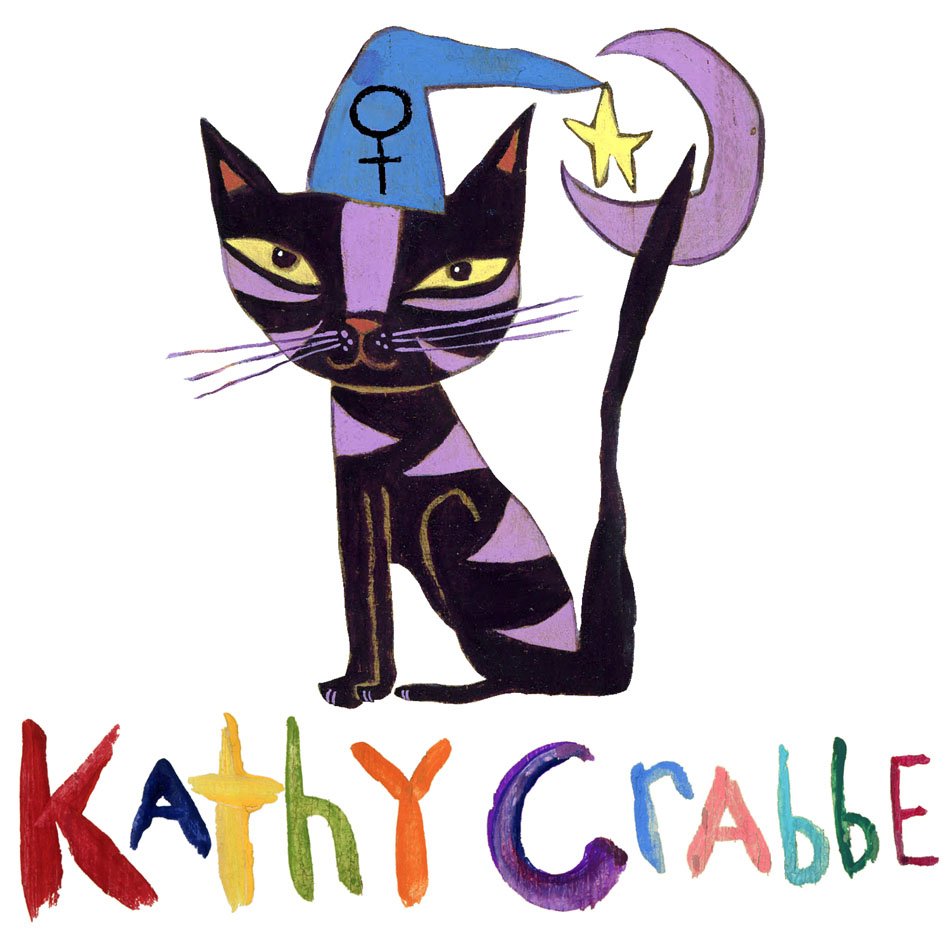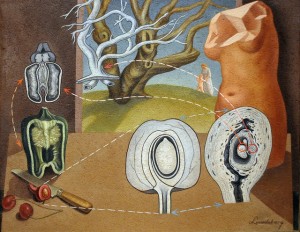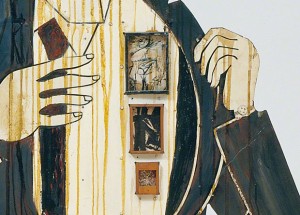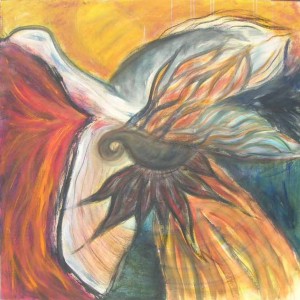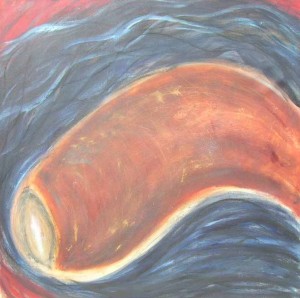 Excerpts from Utopia and Dissent: Art, Poetry, and Politics in California by Richard Candida Smith
Excerpts from Utopia and Dissent: Art, Poetry, and Politics in California by Richard Candida Smith
Edward Kienholz' testimony on the effects of learning art history from books and journals can be helpful in understanding how isolation could affect artists' conceptions of their own work:
"If you take a mediocre painting and take a picture of it, reduce the scale, and condense the experience of the painting down to a smaller scale, it becomes much richer. And that rich look was the criterion that I always looked toward. I was working toward a picture reproduction."
Helen Lundeberg (b.1908) thought that isolation in California had stimulated rather than dampened her imagination. She painted things that she wanted to bring into the world, rather than reproductions of other paintings or existing objects.
Lorser Feitelson: "There is art in everything...when you buy a lamp or a two-tone car, whether you realize it or not, you are showing an artistic sense within you."
Poetry, philosophy, religion, and sexuality are each a potential light of wisdom upon the mystery of nothing transforming into something.
Kenneth Rexroth: Against the ruin of the world there is only one defense--the creative act.
Helen Lundeberg (United States, 1908-1999), 1934-35, Oil on Celotex
David Meltzer lamented that somehow the original project that artists and poets had embarked upon in the 1950's had gone awry. They had ceased to sing "true songs," coming from the heart in one-on-one communication with reader and viewer so that their work would begin a process of conversion, saying to themselves, "Oh, I never thought of it that way. I never saw it quite like that. Yes, now I see." This art was to create a revolution, to replace the babble of destructive, contentious voices with harmony and productivity. Their generation had the change to do this, he thought, because creative people had separated from commerce and formed a community. Their ideal of artistic communication was dialogue, the exchange of viewpoints with the goal of achieving some form of higher truth.
The works of Michael McClure and Ed Kienholz revolved directly and explicitly around sexuality. They presented images that argued that repression of sexual instincts was the most basic source of violence in American society. This source could not be addressed politically because the repressed by definition was unavailable to the conscious state. It always appeared in deflected, symbolic forms. Their work echoed a psychoanalytic paradigm by attempting to bring to the surface infantile sexual desires so they could turn toward mature forms of satisfaction. Artists functioned as the collection psychoanalyst of society, absolutely essential to its health and reform.
detail of: Walter Hopps Hopps Hopps by Edward Kienholz
The art community (in LA) had died when it joined the pursuit of glamour and money. He (Connor Everts) had not sacrificed several years of his life to the fight against censorship, he thought, just so artists could make a lot of money. He had been after something very different: an egalitarian society where men and women could express themselves in painting, poetry, music, not to make money, but to communicate their concerns and their dreams...He left California to teach at the Cranbrook Academy in Michigan because he could not stand to watch the celebrity-posturing he felt had devoured Los Angeles artists.
